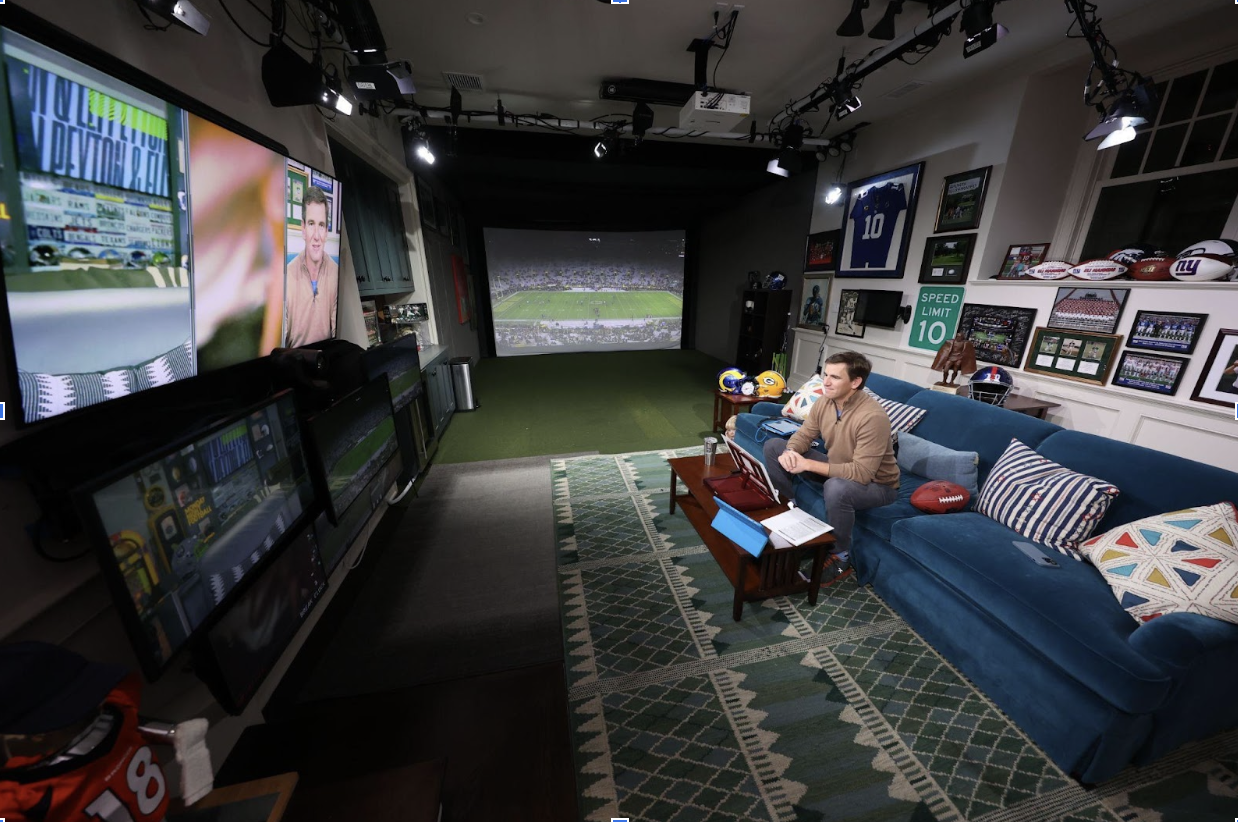How Things Work: Cruise Control [VIDEO]
 Photo by Chuttersnap on Unsplash
Photo by Chuttersnap on Unsplash
Curious about cruise control? In this episode of How Things Work, we cover everything you need to know about cruise control. We’ll go through the basic mechanisms of how cruise control works as well as how adaptive cruise control works.
Estimated reading time: 4 minutes, 18 seconds.
If you can’t watch the video, you can read the video transcription below:
Edited for clarity and readability
Welcome to Let’s Talk Automotive. And in this week’s episode on How Things Work, we’re going to be taking you through the basic mechanisms of how cruise control works. And we’re also going to talk about how adaptive cruise control works. So in basic terms, what we have is a closed-loop system in terms of software in older models. Where we still had a cable-driven system between our accelerator and the throttle body, we used to have an actuator that would obviously regulate the movement of that cable and accelerate or decelerate the vehicle accordingly. Those systems didn’t regulate brakes whatsoever. It was simply regulating the speed that we set. Obviously, these days with the way that the technology’s marched on with vehicles, we have control units, we have sensors all over the vehicles, and we have software to drive the system.
Having a look at just the cruise control system the advantage of having cruise control is twofold. First of all, we reduce fatigue for the driver on long-distance trips. And the second advantage is that we in fact have some fuel savings if we’ve activated our cruise control system. So how does it work? Well, first of all, we set the speed on our multifunction steering wheel, for example, or there are other control mechanisms, depending on what make and model of vehicle you have. But nonetheless, we set the speed and then the control unit will make constant comparisons between the speed that we’ve set, and the actual speed that is being measured by the speed sensors. And as soon as the system detects that the vehicle is either going too fast or too slow relative to our set speed it’ll then make adjustments on the throttle to either increase or decrease the speed.
Now, the second iteration of cruise control is adaptive cruise control. And this is where things get very, very technologically advanced because here, we now have radar and laser systems or a combination of the two that are physically monitoring the distance that we sit between ourselves and a vehicle in front of us. Now in earlier systems, we were limited in terms of functionality of this, with respect to our speed, so it only worked above 60 kilometres an hour and potentially up to only 180 kilometres an hour. But modern adaptive cruise control systems work from zero kilometres an hour all the way up to the top speed of the vehicle. And this introduces a very cool function with adaptive cruise control and that’s our city driving function. So now if you’re in peak hour traffic, you literally only have to steer the vehicle; the car itself will sort out acceleration and braking right down to a full stop.
So it makes this heavy traffic scenario much more convenient and once again, less tiring. So the way it works is very similar in terms of how basic cruise control works. So in addition to setting a speed, we also set a distance between ourselves and the vehicle in front of us. Now, the radar is going to constantly measure the distance that we’ve set with the actual conditions. And if, for whatever reason, we either get too close to a vehicle that’s in front of us or too far away from a vehicle in front of us, just like the system adjusted the speed on this side, it’s also going to make adjustments that will either increase or decrease speed to close the gap or increase the gap. What it will never do, is increase speed beyond what we’ve set in any case, in terms of a speed limit.
Now we do get questions from time to time from viewers who ask about the safety of using cruise control systems for a number of scenarios. The first is, what happens if I lose control over the vehicle, and the most common question around that is what happens if it’s raining and my vehicle starts to aquaplane? Now we do see, unfortunately on Facebook and other social media avenues where these posts are put in place, where they reference some captain in the U.S, some police captain who says that the majority of accidents that they witness in wet weather conditions, the drivers have had their cruise control activated, and it’s caused the vehicle to aquaplane, and because they had cruise control on, they lost control of the vehicle. Now that couldn’t be further from the truth, because the reality is, that between all of our different systems, as soon as the wheels lose traction, the control unit will simply deactivate cruise control in its entirety and return full control back to the driver. So there are no circumstances under which cruise control will continue working as soon as the vehicle loses control, either from a traction point of view or from a skid point of view. So we hope that that settles that, and you’re more comfortable in terms of actually using the fantastic functionality of cruise control and adaptive cruise control.
So we hope you found that useful, and we look forward to seeing you on future episodes on How Things Work.
To watch the full episode, visit: https://www.facebook.com/watch/LetsTalkAutomotive/
Want to know when the next episode is available? Sign up to get notifications straight into your inbox.




